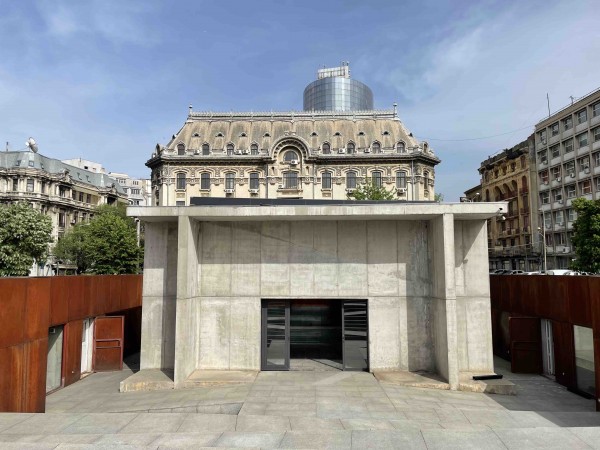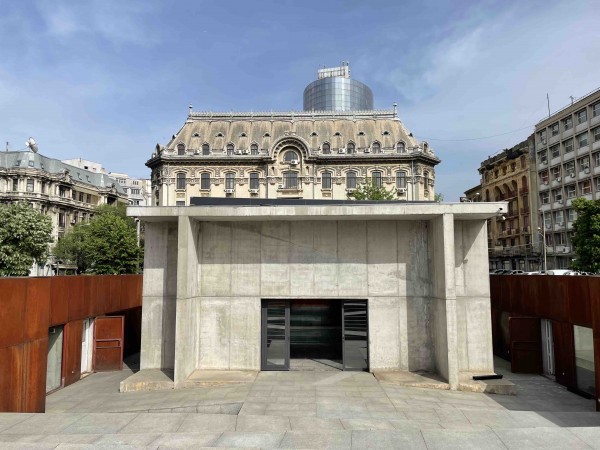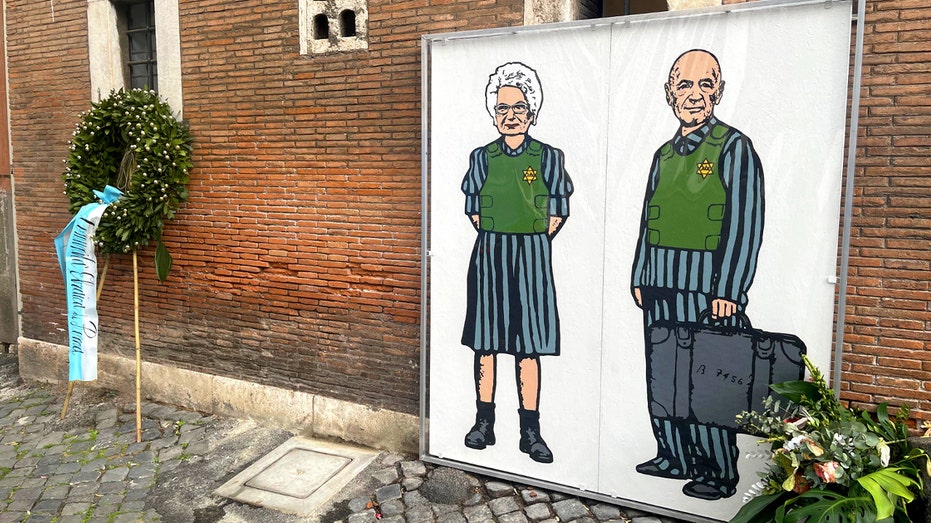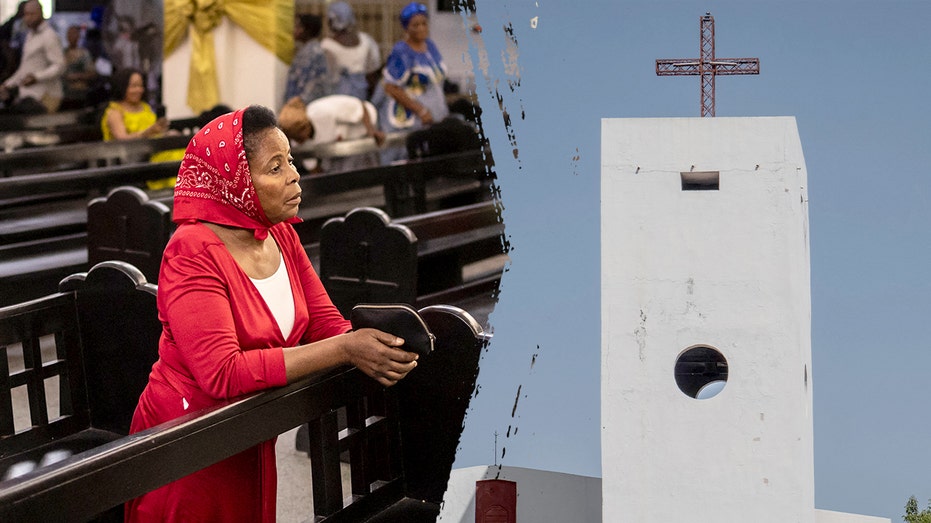
Shoah Museum in Rome Acquires Controversial Artwork Amid Antisemitic Vandalism
The Shoah Museum in Rome has recently integrated an important piece by contemporary artist aleXsandro Palombo into its collection. This comes in the wake of a disturbing act of antisemitic vandalism that targeted the original artwork, which highlights the stories of two of Italy’s last surviving inmates from Auschwitz, Liliana Segre and Sami Modiano.
The Artwork: A Reflection on Resilience
The defaced mural presents Segre and Modiano dressed in stark striped clothing and green bulletproof vests, adorned with yellow Stars of David. Each figure bears Nazi-issued serial numbers, a chilling reminder of their past. However, in a troubling act of vandalism, the faces of both survivors as well as the stars on their chests were erased, though their tattooed numbers were left untouched.
Segre’s poignant reflection on the vandalism underscores the emotional toll of such actions: “They took away my face, my identity, they erased the yellow star, but they left the number tattooed on my arm.”
Art as Resistance
In response to the vandalism, Palombo recreated his mural, and this new version has now been secured as a permanent installation in the museum. The artist articulated the significance of art in the face of adversity, saying, “Art is the highest expression of freedom, and repeatedly attacking a work that portrays two Auschwitz survivors underscores the threat to democracy and our freedoms.” He commended the Shoah Museum of Rome and the Italian Jewish community for their courageous stand against antisemitic violence, framing it as an important lesson in civility and resistance.
A Pattern of Vandalism
Palombo is no stranger to having his work vandalized. His previous mural, titled *Arbeit macht frei*, which depicted Holocaust survivor Edith Bruck draped in an Israeli flag, was similarly attacked, with much of the flag being defaced. The title itself is a grim reminder of the deceitful phrasing displayed at the entrance of Auschwitz, which translates to “Work makes you free.” Bruck, speaking to the Italian newspaper *La Stampa*, expressed her sorrow, stating that such vandalism was unsurprising, calling antisemitism a “tsunami.”
The Shoah Museum has also expanded its collection to include Bruck’s mural, adding to the body of work dedicated to remember and reflect upon the horrors of the Holocaust.
Further Artistic Provocations
Palombo’s work *Halt! Stoj!* is another mural that has faced vandalism. This piece showcases Segre, Modiano, Bruck, and Pope Francis, illustrated in the distinctive style of *The Simpsons*. In a disconcerting pattern, only the Stars of David on the Holocaust survivors were targeted, while the image of Pope Francis remained unscathed. Through these artistic choices, Palombo highlights the ongoing relevance of antisemitism in contemporary society.
The Power of Pop Culture
Recognized for his unique fusion of pop culture and activism, Palombo often incorporates well-known figures and animated characters into his art. One particularly striking piece is *The Simpsons Deported to Auschwitz*, which depicts the beloved animated family before and after their harrowing experience in a concentration camp. This poignant visual contrasts the joyful, recognizable characters with the grim fate of Holocaust survivors, bringing attention to the atrocities of the past in a strikingly contemporary manner.
The Importance of Remembrance
The integration of Palombo’s work into the Shoah Museum’s collection serves not only as a response to acts of hate but also as a vital reminder of the resilience of those who survived. The museum fosters a commitment to education and remembrance, preserving the stories of those who endured one of history’s darkest chapters.
By acquiring and showcasing these pieces, the Shoah Museum stands firm in its mission to confront historical atrocities and engage with contemporary issues of hate and intolerance. The artworks serve as a powerful reminder of the past and a call to action against the recurrence of such violence.
Conclusion: Art as a Tool for Change
The recent events surrounding Palombo’s artwork illustrate the critical role that art plays in society. It not only sparks dialogue but also serves as a form of resistance against hate. As antisemitism continues to rear its ugly head, the museum’s choice to permanently display these pieces is a testament to the enduring power of memory, the importance of acknowledging the past, and the role of art as a catalyst for change and understanding.
In the face of adversity, the art community, led by figures like aleXsandro Palombo, remains unwavering in its commitment to truth and remembrance, ensuring that the lessons of the past are not forgotten.


















